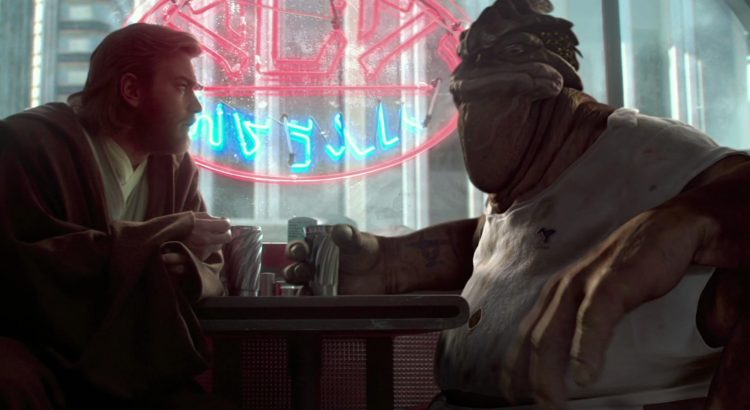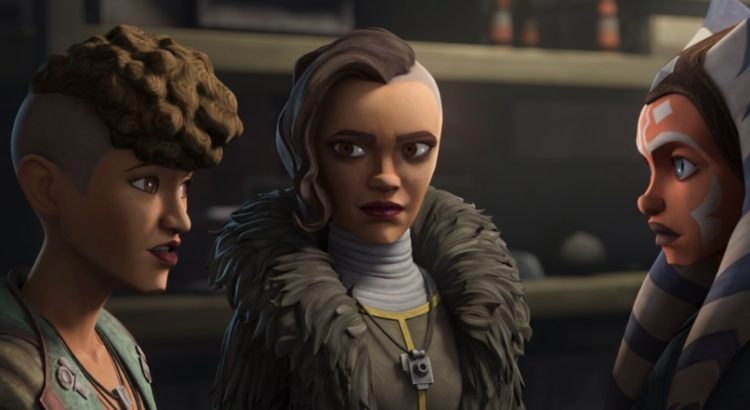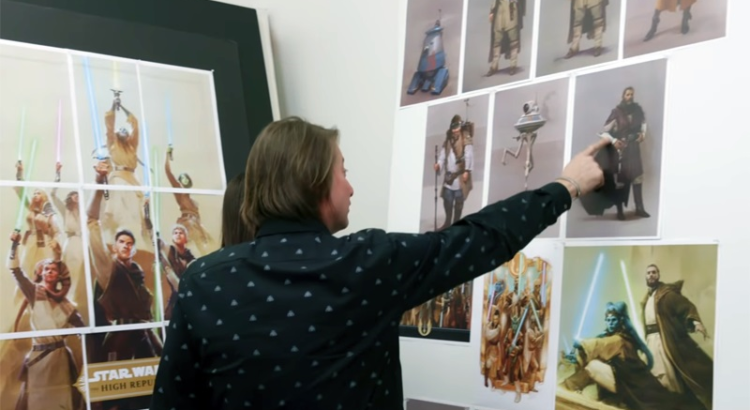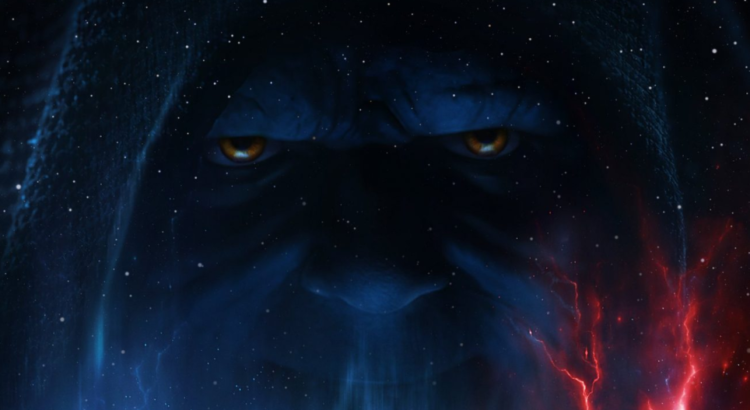Second Look is Eleven-ThirtyEight’s biannual tradition of highlighting some of our most interesting pieces from recent months. Every day this week you’ll find a different older piece back on our front page for another moment in the spotlight. – Mike, EIC
Cooking is supposed to help your mental health in these quarantined times. Unfortunately, peeling out laughter because a splatter of chicken gore hit your face is the opposite of helping. In fact, every step of making Aunt Lilja’s Liver Pancakes was tinged with horrified regret. Though the end result was an anticlimactic set of normal(ish) sausage(esque) patties, this is a journey I don’t aim to repeat. At least not with the liver pancakes.
See, my regret was premeditated. After all, one simply doesn’t purchase chicken livers on a whim (chicken gizzards, on the other hand, is a different story). This deliberate decision was driven by an unearned confidence from The Galaxy’s Edge Cookbook, a perfectly healthy fascination with Dexter Jettster, and a Finnish family tree.





